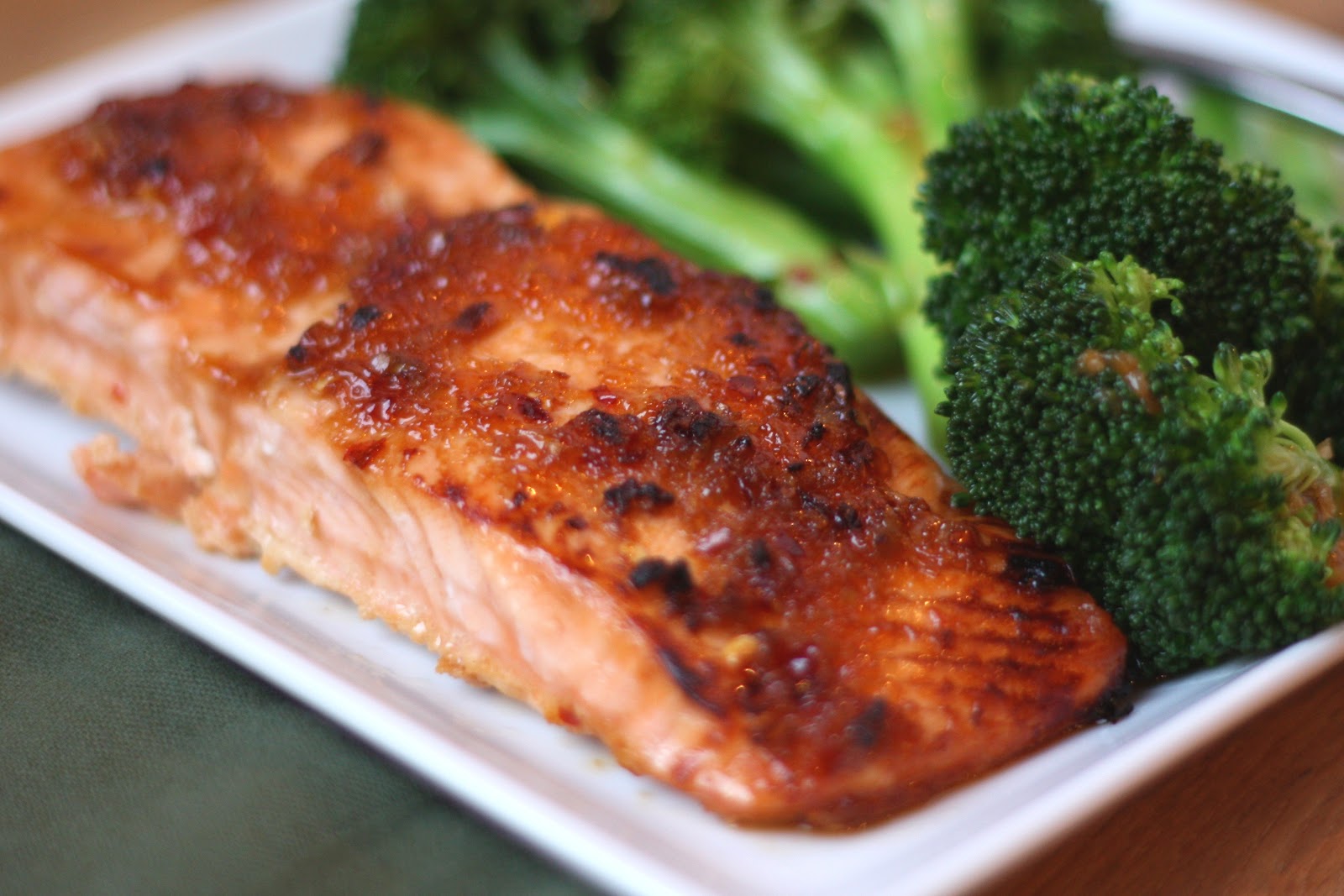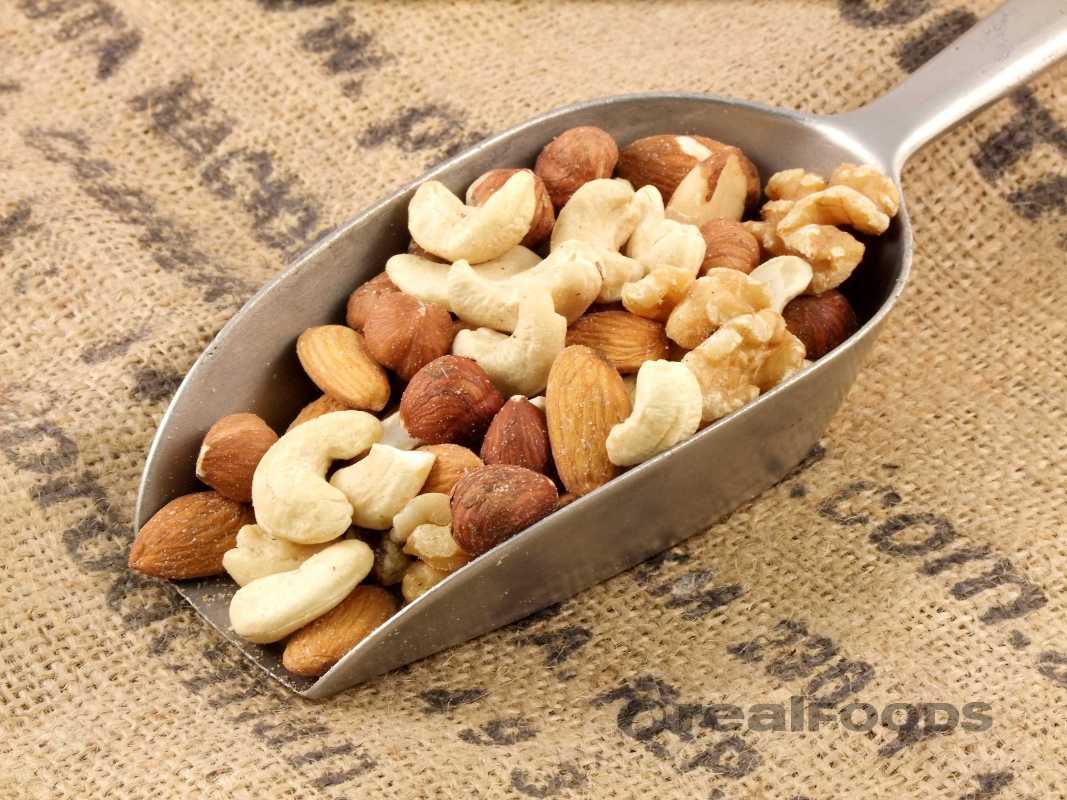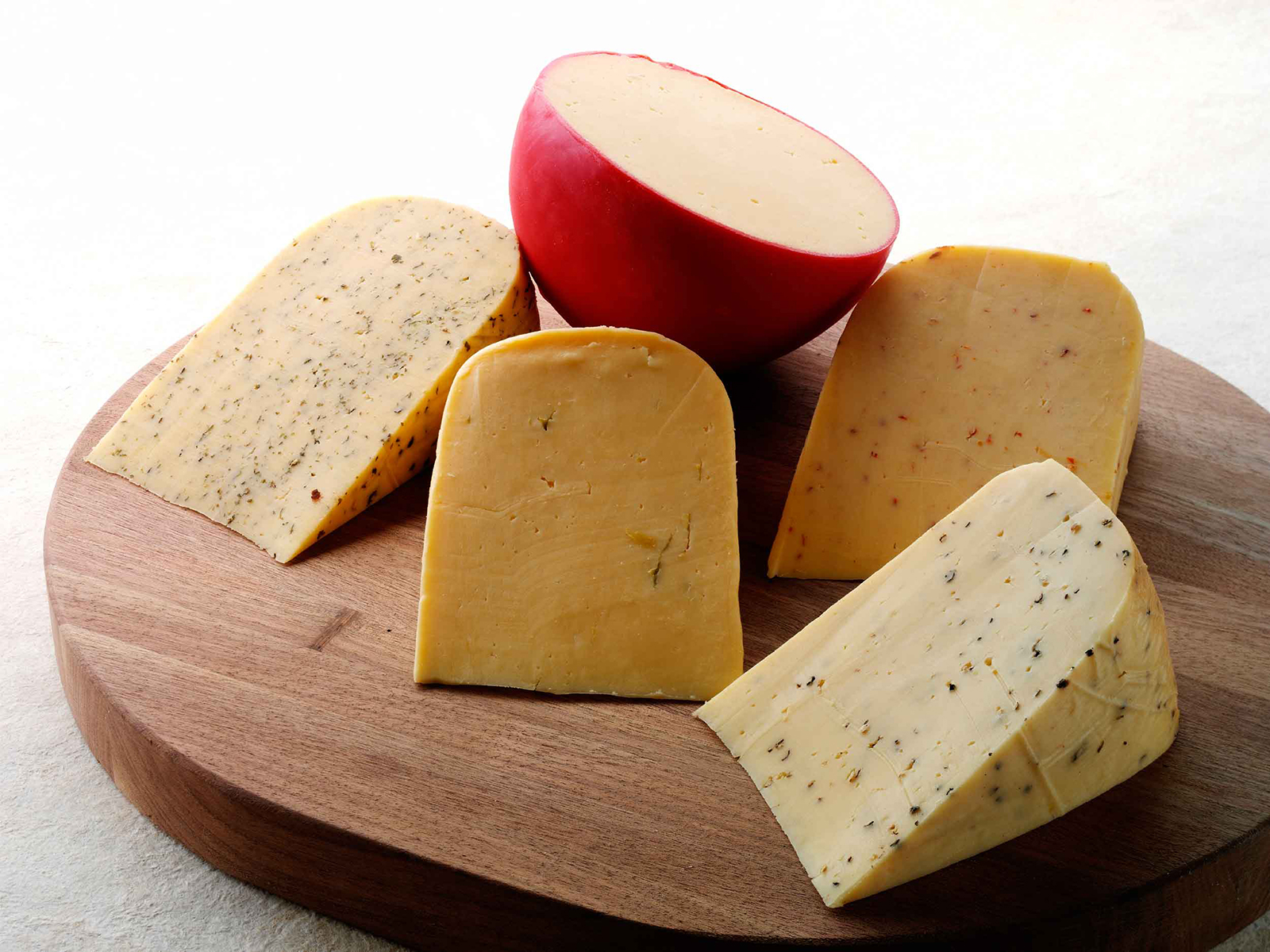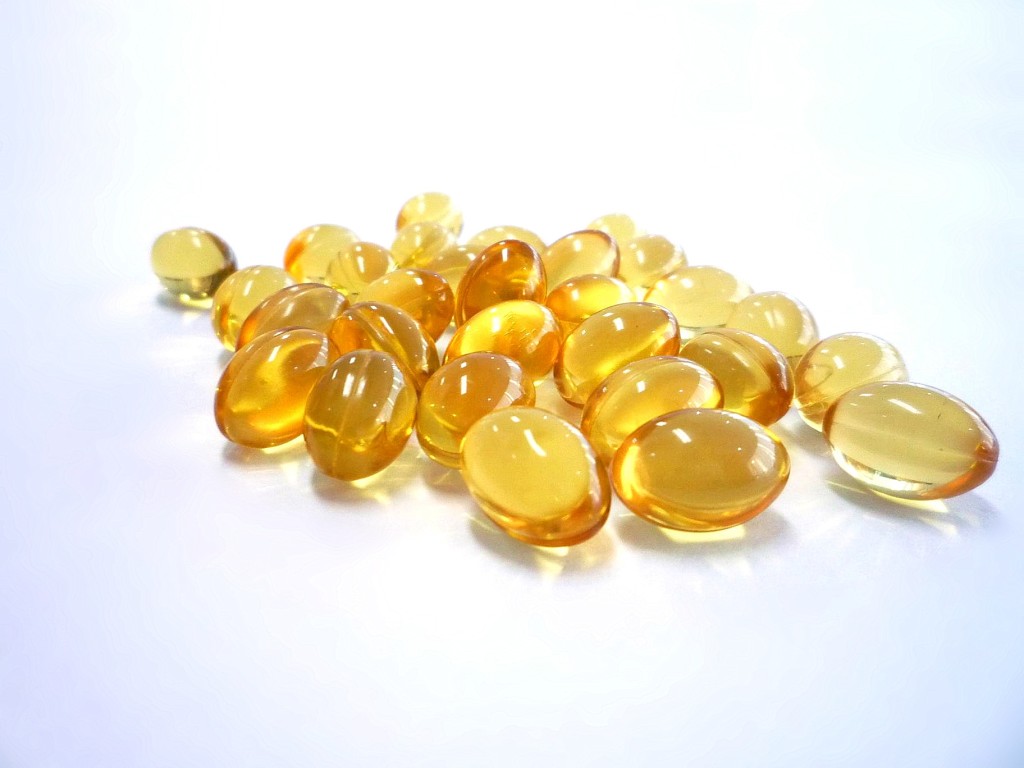If the Primal way of eating is so healthy, why am I writing a post on common nutrient deficiencies? Well, mostly because you asked. For months now, I’ve received emails from Mark’s Daily Apple readers asking about iodine, selenium, magnesium and other vitamins and minerals, so I figured it’s about time to highlight these key nutrients, explain how and why some people find themselves deficient and provide my opinion as to what they can do about it.
I also wrote this article to make the point that quitting grains, legumes, seed oils, and sugar is just part of the equation. There’s a whole lot more to healthy eating than just deciding what not to eat. You also have to be mindful of the things you do eat, and – hopefully – those things will be incredibly nutritious.
Consider this post your guide to avoiding some of the most common nutrient deficiencies. Let’s jump right in…
Iodine
Iodine is a trace mineral with big implications for our health, especially of the thyroid. Although most assume deficiency is relegated to developing nations, recent research has found deficiency in places like the UK and France.
Deficiency Symptoms
- Hypothyroidism – Iodine is a crucial ingredient in thyroid hormone, so a lack of iodine in the diet will reduce the thyroid’s ability to manufacture thyroid hormone. Symptoms of hypothyroidism include weight gain, an inability to lose weight, fatigue, elevated blood lipids, hair loss, dry skin, loss of libido, infertility, to name a few.
- Goiter – In an iodine-deficient state, the thyroid gland will enlarge in order to overcompensate. This will often result in a highly visible lump in the neck.
- Cretinism – Iodine deficiency during pregnancy often results in abnormal neurodevelopment and lowered IQ (PDF) in the child.
Why Might Deficiency Occur?
- Removal of iodized salt from the diet. Most table salt is iodized with the minimum required dose, but when people switch to a whole foods, Primal eating plan, they’ll often reduce their salt intake and switch to sea salt (which contains trace minerals but insignificant amounts of iodine).
- Lack of iodine in the soil. Although iodine concentration remains pretty constant throughout the ocean, iodine content of soil varies dramatically by region, with some areas having so little that they’ve earned the term “goiter belt.” Coastal areas tend to have higher soil iodine levels, due to absorption from atmospheric iodine (which in turn comes from the ocean), but very little solid data exists on the iodine content of soil by region.
- Insufficient intake of iodine-rich foods, like seaweed and seafood.
- Excessive intake of goitrogen-rich foods, which interfere with iodine uptake by the thyroid gland. This, then, isn’t a true whole-body deficiency, but rather an inability of the thyroid to get the iodine it requires.
Where to Get It

- Eat seafood, fish, shellfish, crustaceans, and basically any creature that lives in the ocean. Iodine content of fish varies, but you can get an idea from this Japanese analysis of commonly eaten fish. Looks like pollack, codfish, and abalone rank highest, but there are lots of good sources. Cooking method will also determine iodine content, with boiling losing the most and frying retaining the most (PDF). Grilling retains far more iodine than boiling, and just a little less than frying, so that’s probably a nice middle ground between boiling and fish sticks. Iodine in the boiling water, however, accounts for most of the lost iodine, so you could do something with the water. Raw seafood will retain the most iodine.
- Eat seaweed, especially hijiki and kelp (or kombu). Drop a dried strip in your next pot of soup, chili, or curry, or, better yet, put several strips in your next batch of bone broth along with the bones.
- Eat pastured egg yolks (PDF). Although the specific amount depends on the dietary iodine of the laying hen, if there’s iodine in the diet, it’ll show up in the yolk. After all, chicken baby brains need iodine just as much as human baby brains.
- Supplement. Popular ones include kelp supplements, Lugol’s solution, Iodoral, and Iosol.
Dosage
RDA is 150 micrograms. Seaweed-eating Japanese populations often get upwards of 12.5 milligrams (or 12,500 micrograms) per day, while the general Japanese population gets beween 1-3 mg per day. 150 mcg should be the bare minimum, and if you’re feeling any of the deficiency symptoms, consider increasing your intake. Paul Jaminet recommends starting low (500 mcg/day) and slowly increasing intake by doubling every month. As I mentioned here, you’ll also want to make sure you’re getting enough selenium (see below) before increasing iodine intake. If you stick to food sources, you’re not in much danger of going overboard.
Selenium
While severe selenium deficiency in adults is pretty rare, minor deficiency is easy to get and can have some unpleasant effects on our health.
Deficiency Symptoms
- Selenium supports efficient thyroid hormone synthesis and is required for the conversion of thyroid hormone T4 into the active T3, so a selenium deficiency can manifest with hypothyroid symptoms (see above).
- Selenium deficiency symptoms look an awful lot like the side effects of statins, especially muscle damage and polyneuropathy.
Why Might Deficiency Occur?
- Lack of selenium in the soil. Lack all other minerals, selenium must be present in the soil to show up in the food. It isn’t created out of thin air. If you’re in the United States, this map should give you an idea of how much selenium is present in soil near you (or, more importantly, wherever your food is grown).
- Insufficient intake of selenium-rich foods.
- Intestinal disorders, like Crohn’s disease, ulcerative colitis, and celiac, can reduce the absorption of selenium from foods.
Where to Get It

- Brazil nuts (one or two a day are enough to improve selenium status), wild salmon, kidneys, crimini and shiitake mushrooms, lamb, turkey, shrimp, cod, halibut, and egg yolks are all good sources of selenium.
- Supplement. Selenomethionine is the form found in plants, while selenocysteine is found in animals.
Dosage
200 mcg appears to be the safe supplemental dose, but there’s very little evidence of selenium toxicity from a diet high in selenium rich foods, so that Brazil nut-encrusted salmon kidney in shiitake/crimini mushroom sauce with a turkey egg omelet should be safe.
Magnesium
Ah, magnesium. Everyone touts its importance, and yet few seem to get enough through diet. In fact, most research suggests that only around half of US adults reach the RDA, with low intakes being linked to type 2 diabetes, metabolic syndrome, osteoporosis, heart disease, asthma, and colon cancer.
Deficiency Symptoms (Just Some of Them)
- Insulin resistance.
- Constipation.
- Migraines.
- Restless leg syndrome.
- Cramping.
- Hypertension.
- Fibromyalgia.
Why Might Deficiency Occur?
- Lack of magnesium in the soil. US readers, check out this magnesium soil content map (similar to the selenium soil map) to see how you do.
- Lack of magnesium-rich foods in the diet, particularly plant foods. Animal foods are relatively magnesium-poor, while plants tend to be magnesium-rich. How many people do you know who really eat lots of leafy greens? Both Primal and SAD eaters are therefore at risk.
- Removal of magnesium from drinking water. I suspect magnesium-rich water (as opposed to purified, depleted modern water) was how Grok got a lot of his magnesium.
Where to Get It

- Leafy greens, especially swiss chard and spinach.
- Nuts, seeds, dark chocolate, espresso, and halibut.
- Mineral water. One brand, Gerolsteiner, is particularly high in magnesium. Or you could find a spring nearby for some real (free) spring water.
- Supplement. The chelated magnesiums (those ending in “-ate,” like citrate, glycinate, or taurate) tend to be the best absorbed. You can also apply magnesium oil topically for transdermal absorption. In my experience, transdermal magnesium absorbs best on the rib cage and inner arms (you’ll know from the tingling and the vivid dreams).
Dosage
400 milligrams daily is the minimum, I’d say. Aim to get it from food if possible.
Vitamin K2
Most people haven’t even heard of vitamin K2. Is it any surprise that they might be a bit deficient, too?
Deficiency Symptoms
- Tartar buildup on the teeth, and eventually tooth decay.
- Osteoporosis.
- Arterial calcification, and maybe heart disease eventually.
Why Might Deficiency Occur?
- A total lack of knowledge of the vitamin’s existence. If you don’t know about it, you can’t go out of your way to obtain it.
- A lack of vitamin K2-containing foods in the diet. Even if we’re aware of K2, it’s available only in select foods.
- A lack of vitamin K-containing foods in the diets of the animals we eat, thus giving them nothing to convert to vitamin K2 via gut fermentation. Cows raised on pasture are able to convert the vitamin K1 in grass to vitamin K2; cows without access to pasture will have very little K1 to convert.
Where to Get It

- Food. For the animal form, MK-4, you need to eat pastured yolks, goose liver, grass-fed butter, aged cheese, and fish eggs. For the vegetable form, MK-7, natto – the traditional (and sticky) Japanese fermented soybeans – is your best bet. Of course, we don’t know exactly how much K2 is in any of these foods without extensive testing, and none of the online nutritional databases include vitamin K2 in their analyses. Therefore, the safest route is the one that involves eating lots of the aforementioned foods (tough, huh?).
- Food-based supplements like high-vitamin butter oil.
- Straight-up supplements, like Thorne MK-4 drops or Life Extension, which has both Mk-4 and Mk-7.
Dosage
It’s tough to say. Studies on osteoporosis and heart disease use rather large doses (45 mg/day) without ill effect, but the amount you’d get from food is far lower – maybe 1 mg, max.
Vitamin B12
According to Chris Kresser, vitamin B12 deficiency is quite common, even among those who eat plenty of the richest source of B12: animals.
Deficiency Symptoms
- Lethargy.
- Unwanted weight loss.
- Dementia/Alzheimer’s-like symptoms.
- Anxiety and depression.
- Autism spectrum disorder in children.
Why Might Deficiency Occur?
- We aren’t looking for it. As meat-eaters, we assume we’re getting plenty, and doctors don’t check for it regularly.
- We aren’t absorbing the B12 in our food. Gut disorders like Crohn’s or diarrhea affect our ability to absorb nutrients, minerals, and vitamins, including vitamin B12.
- We set the bar for “normal” too low. Everything could check out and look fine on paper, but the lower end of “normal” is too low and can still cause B12 deficiency symptoms. Other countries, like Japan, have higher “normal” B12 markers and fewer cases of Alzheimer’s/dementia.
Where to Get It

- Animals. Liver, sardines, and salmon rank highest, with liver running away with it. There are no vegetarian sources.
- Supplements. Methylcobalamin is probably the best.
Dosage
If you eat animal products regularly and liver occasionally, you’ll be getting plenty of B12 in your diet. No need to supplement if you have none of the symptoms listed above. But if you have some of the symptoms, or you have a gastrointestinal disorder that may be compromising your ability to absorb vitamin B12, consider getting your levels tested during your next visit to the doctor. In that case, Chris recommends 1 mg/day of sublingual methylcobalamin, which will bypass the intestinal tract and pass directly into the bloodstream.
Do any of these sound familiar? Are you getting enough of these nutrients? I hope so, and if not, now you know how. And if there are any other nutrients you’ve been wondering about, let me know in the comments and maybe I can get a sequel going. Thanks for reading, folks.
(via Mark’s Daily Apple)







